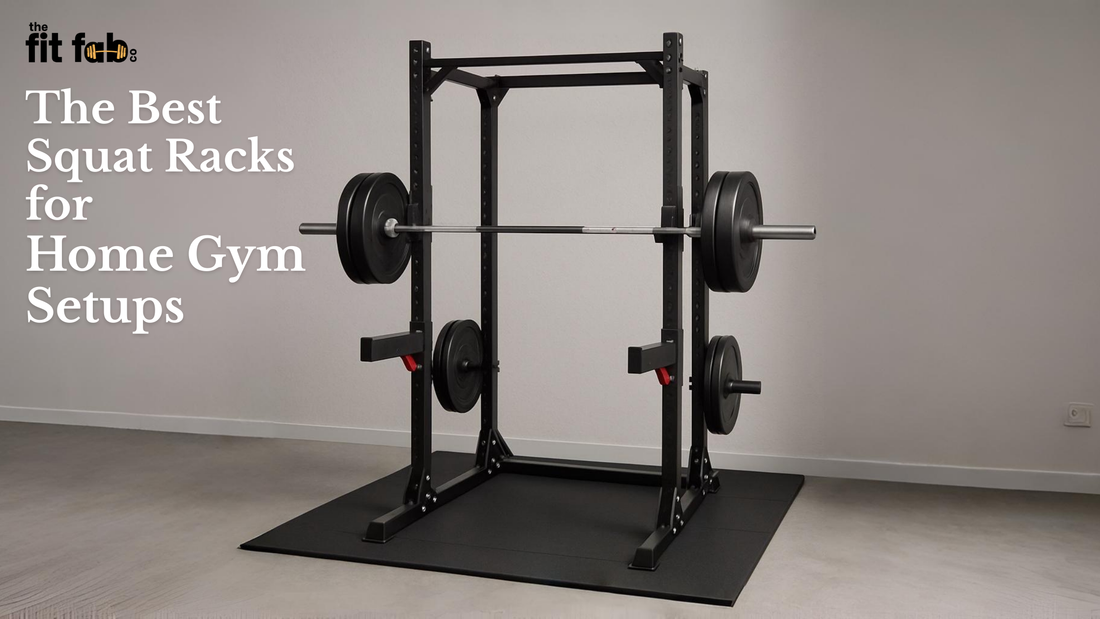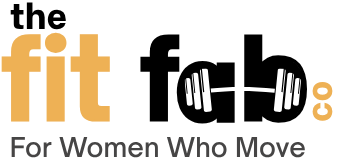
The Best Squat Rack for Home Gym Setups (That Actually Fits Your Space and Budget)
Share
Not everyone has a garage gym or a basement full of weights. And most of us aren’t trying to turn our living room into a commercial fitness center. But that doesn’t mean you can’t lift heavy and train smart at home. All you need is the best squat rack for home gym setup. It should be sturdy, compact, and affordable. Something that works hard, doesn’t take over your space, and lets you get stronger right where you are.
Why a Squat Rack is Worth It
A squat rack gives structure to your workouts. Whether you’re doing squats, presses, or benching, it keeps things safe and stable. If you're training solo, this matters even more. Here’s what a squat rack adds to your home setup:
- Safety when lifting heavier
- Support for multiple movements
- Confidence to push your limits
- A true strength training foundation
You don’t need a giant machine or every attachment. Just the basics that help you move well and stay consistent.
How to Choose the Best Squat Rack for Home Gym Goals
Start with your space. That’s your first filter. If you’re working out in a bedroom corner, apartment balcony, or garage wall, there’s a rack for that. Look for features like:
- Compact or folding design
- Steel construction for long-term use
- At least 500 lb capacity for safety
- Adjustable J-hooks or height settings
- Optional pull-up bar or storage if you have room
If it fits, feels solid, and lets you train the way you want, it’s a win.
 Best Squat Rack Options for Small Spaces
Best Squat Rack Options for Small Spaces
Here are some smart picks depending on your space and setup:
1. Wall-Mounted Folding Racks
These attach to the wall and fold flat when not in use. Ideal for garages or small rooms that need to stay multipurpose.
2. Half Racks
Smaller than full cages but still stable. Good for basic lifts and easier to assemble.
3. Squat Stands
Minimalist and lightweight. Easy to move, but best for moderate weights.
4. Compact Power Cages
Great if you’ve got a dedicated corner. They offer full safety and room for add-ons like dip bars.
Each one is a version of the best squat rack for home gym setups. It just depends on what fits your layout and your training style.
Make It Work in Your Home
Use a rubber mat or lifting platform to protect your floors. Leave enough room around the rack to move safely. Stack your plates vertically to save space. Create an environment that keeps you focused—whether it’s adjusting the lighting, minimising distractions, or setting a routine that gets you in the zone.
Final Takeaway
You don’t need a full gym to lift like you mean it. With the best squat rack for home gym setups, you can build strength in your own space, at your own pace. Measure your corner. Pick your rack. And start building something strong.


